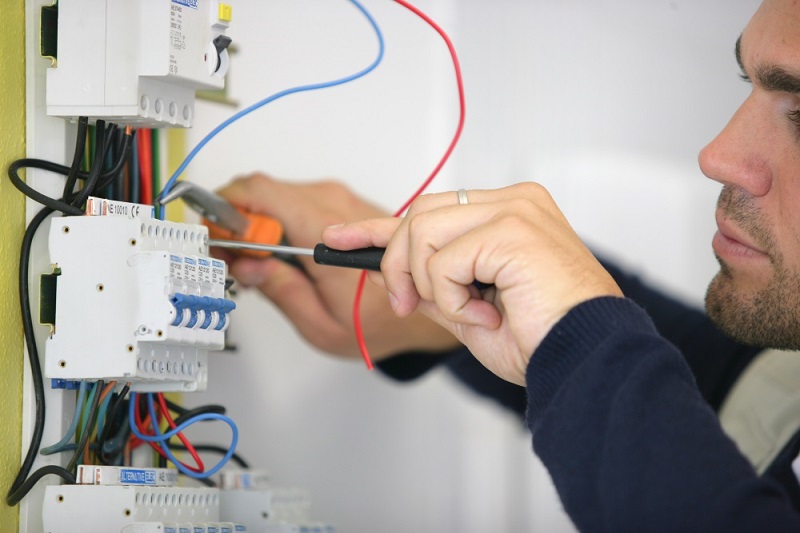Have you ever had a socket blown and not known what to do? Does the world fall on you when you have to replace a halogen or when you break the cable of an electrical appliance such as the washing machine or the refrigerator? If these situations happen to you or you fear that similar ones might happen to you, it is better that you take the necessary measures, first of which should always be to call a level 2 electrician. They have the experience and will most likely solve your problem faster than you can imagine. It is also good that you know some tricks to do yourself small everyday things that are easier than you can imagine.
When the time comes to undertake any electrical repair, the first thing to do is to follow some basic safety guidelines among which is, of course, turn off the power by disconnecting the general switch that is usually in a control box near the entrance of your home. The second step is to always have the best tools and pieces like the materials. Once you have everything you need, it will be time to proceed with the repair in question, for which you will have to follow the necessary guidelines in each case.
If you are going to deal with a new electrical installation at your home or some rooms of it, the first thing is to make a sketch of the house. In it you will clearly indicate where you intend to place the plugs, the switches and the points of light, that is, the lamps. You should use markers of different colors to join the plugs according to their resistance, because it is not the same for a night lamp and a washing machine, hair dryer, dishwasher, refrigerator etc.
Once you have done this, you should look at elements such as the automatic main switch, which protects from short circuits, the differential, which is the one that jumps when there is a significant leak or current, or other small circuit breakers that also protect from overloads and small shorts.
The cables, inside or outside? Another vital decision is whether to place all the wiring in a visible or recessed manner on the wall. The first option may be less aesthetic, yes, but also more comfortable and faster. In addition, today there are all kinds of electric channels in the market that can get you out of more than one hurry and achieve a much better finish than you imagine.
Another advice would be to place the cables 50 centimeters from the floor and the ceiling and 20 centimeters from doors, windows and other corners. At the time of placing the plugs and switches you can also follow a standard metric, although not general in all places, which would be 110 cm from the ground for the switches and between 20-30 cm from the ground for the plugs.
These are some of the tips for your electrical installation, but remember to follow others in your home such as not leaving electrical appliances within the reach of children or use them when you are barefoot.


